For well over a century, we’ve been crafting some of the world’s finest and most flavoured cheddar cheese. Lets take a trip back in time to see where it all began.


For well over a century, we’ve been crafting some of the world’s finest and most flavoured cheddar cheese. Lets take a trip back in time to see where it all began.
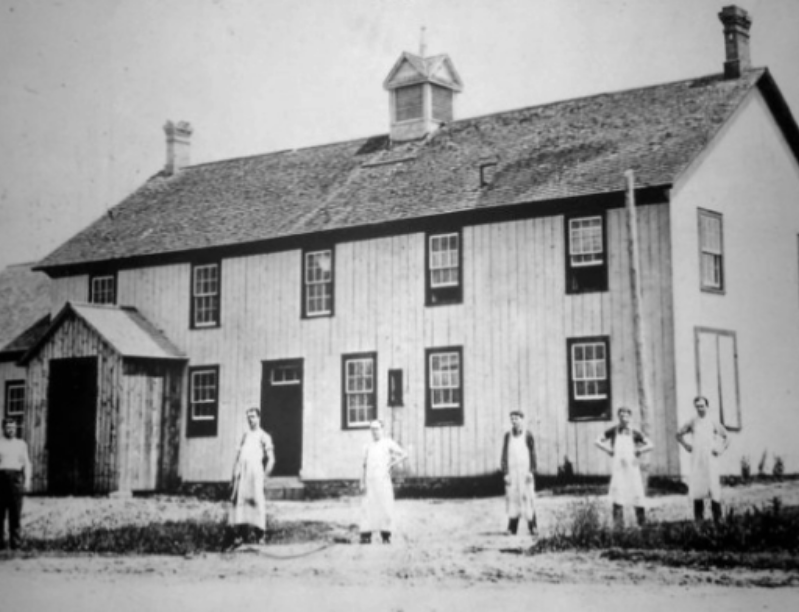

In 1881, the local dairy farmers of Lanark County, Ontario decided to form a dairy collective, pool their excess milk production, and build a factory to produce a local cheddar cheese.
They built a small, wood-frame building at a crossroads known locally as Balderson Corners, named after John Balderson, a retired sergeant from the British army who was among the first homesteaders in the area in the 1860s. With that, the Balderson Corners Cheese Factory was born.
As years passed, Balderson Corners Cheese Factory became a focal point for the community with a settlement growing around the operation.
Balderson’s success even brought several competitors to the area, but the tradition of careful aging, pleasing sharpness, and smooth texture and flavour could never be emulated by others.
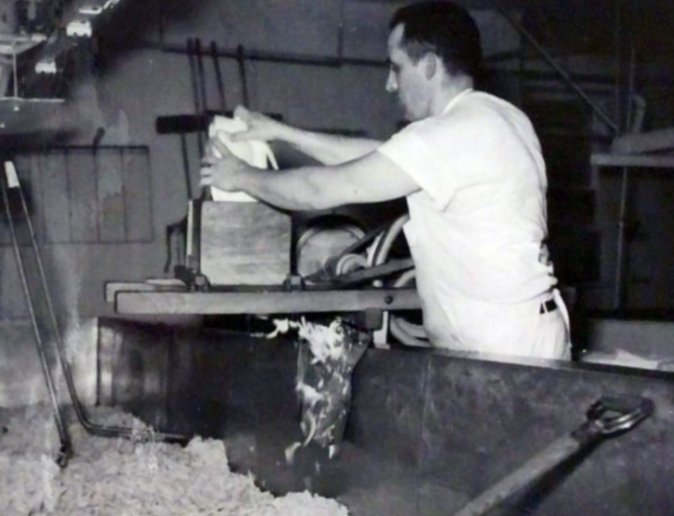
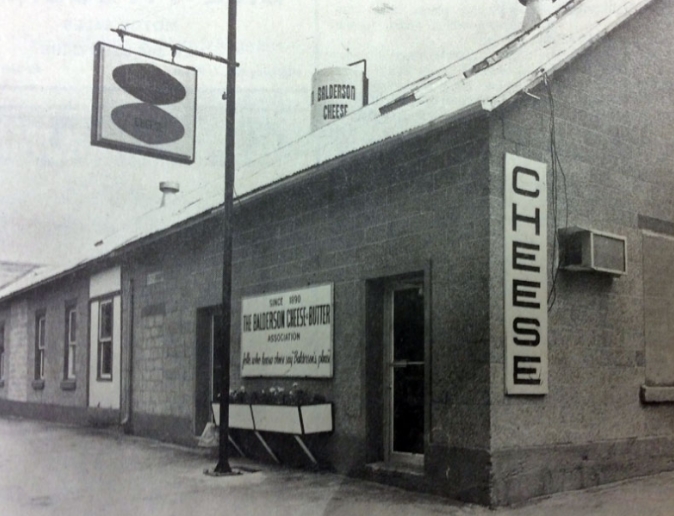

Balderson continued to prosper through the 1900s until misfortune struck in 1928. The factory was devastated by a fire, but shortly after new one was constructed and Balderson was able to resume without missing a cheesemaking season.
There were several expansions over the following decades and a new store opened in 1970. As the 2000s approached, Balderson had a global presence, spreading from community crossroads to major capitals in North America and the U.K.
It’s been over 140 years, and to this day we still make cheese with the same pride, dedication, and craftsmanship that once drew people together at Balderson Corners.
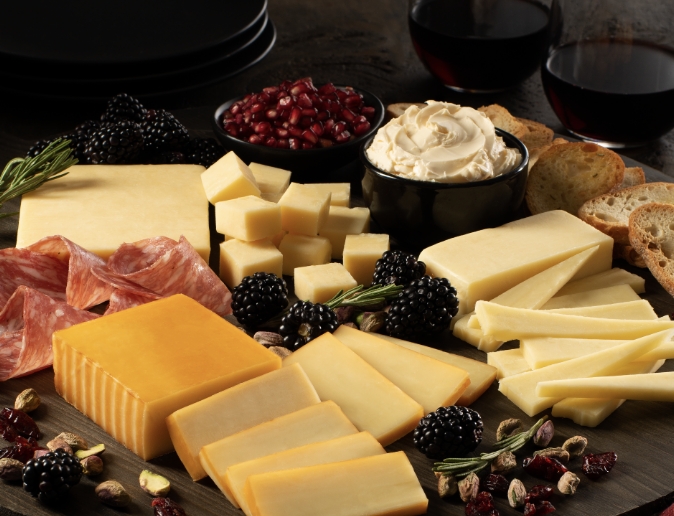
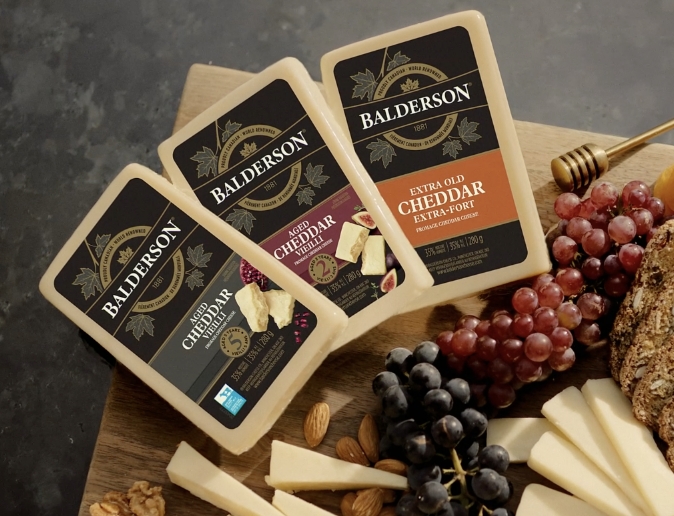

The Balderson cheese factory location has moved to three state-of-the-art facilities across Ontario in Winchester, Belleville, and Windsor, and provides cheese lovers with the same delicious tastes they’ve savoured for over a century.
Our process begins by using the finest dairy ingredients to make the cheese, and then under the watchful eye of our Master Cheese Maker, the aging begins. We use Ontario-sourced milk, our unique bacterial culture, microbial enzyme, salt, and for our orange cheddar, a natural food colouring. Aging can take two months to five years and cannot be simulated.
All cheddars start mild, and if they’re not perfect, no amount of aging will improve its flavour. A perfect balance of milk fat and moisture give a freshly made cheddar a pleasant, milky aroma and a soft, resilient texture. Great mild cheddars will be solid and without cracks, pinholes, or breaks.
Over time, mild cheddar loses moisture and gains a signature sharpness through aging, striking a balance between the original flavor and the new sharpness. As aging continues, the cheese’s bite becomes more pronounced, with Balderson Old reaching a distinct sharpness at 12 months and Balderson Extra Old at 18 months.
Balderson Premium Aged Cheddars are the cheese maker’s masterpieces, reaching peak flavor and texture after two years of aging. With increasing age, they become sharper, saltier, crumblier, and more complex in taste. The Master Cheese Maker’s care produces two exceptional cheddars: Balderson Heritage 2 Year Cheddar and Balderson Heritage 5 Year Cheddar.


Smoked Aged Gouda
1st place 5 Year Old Cheddar
Gold Winner in 5 Year Cheddar
Mild Cheddar
Balderson Cheddars
Medium Cheddar
Old and Extra Old Cheddar
Spreadable Cheddar
Spreadable Cheddar
Medium Cheddar
Double Smoked Cheddar
1 Year Old Cheddar
2 Year Old Cheddar
AND MANY MORE!
As cheddar cheeses age and mature, they lose moisture, making the interior drier and crumblier, and the salts and acids more concentrated. This results in two wonderful new characteristics: the flavour becomes sharper, with more “bite” to it and the salt gives the cheese a crunchy texture. The “crunch” comes from a natural tendency of salt particles to bind with each other to create larger particles. Beginning around the third year of aging, these particles start to form into small “lactate crystals” which become very noticeable grains after 5 years. Since every vat of cheddar is slightly different from the next, the size of the crystals will vary.
Many people believe that bright orange cheddar cheese is a natural colour, but it gets its colour from the milk that it was made from, and that milk has a warm, creamy hue. That hue, however, varies with what the cows have eaten, like summer grasses or winter feeds. To standardize the appearance of cheese, cheese makers began adding colour to cheddar in the 1900s and the practice grew in popularity around the world.Adding colour doesn’t affect the taste, but after about two years of aging, the formation of salt deposits becomes much more visible against a bright orange background versus a creamy hue. That’s why you don’t see orange colouring in 3 to 5 year old cheddars. In Balderson cheddars, the only colouring agent we use is Annatto, a natural plant extract similar to a ground carrot seed. It’s ideal for people who have sensitivities to artificial food colourings or synthetic food dyes.
Trans fats occur naturally in all dairy products. They’re produced in the rumen of the cow and are a part of the milk. The resulting trans fat levels in cheese and other dairy products, however, are ext remely low (0.3 grams per 30 gram serving in Balderson cheddars) in comparison with food products containing industrially produced trans fats that are created when vegetable oils are partially hydrogenated.
Here are a few Balderson cheese nutrition facts! Since cheddar is primarily made from milk, it contains all the natural goodness and nutritional ingredients of milk: calcium, proteins, minerals and vitamin A. Balderson cheddars are also good for what they don’t contain: artificial ingredients, modified enzymes, or colourings. Our cheeses are aged naturally and selected at their peak in flavour, taste, aroma, and texture. Since one block of cheddar cheese will differ from another, we broke down the nutritional values of our Balderson cheese on each product page.
Hard cheeses like cheddar cheese have a low moisture content and high levels of salt and acids. These two factors help inhibit mold growth and protect the cheese. Mold can still occur on cheddars but it’s usually due to external factors like exposure to spores in the air, or to contamination from cutting boards, counters or even hands. That’s why mold forms only on the outside of a cheddar block. Some cheeses, like Stilton and blue, develop safe molds that have been carefully formed and introduced as part of the maturation process. This isn’t the case with Cheddar though, where mold contamination can easily migrate into the cheese through natural moisture. If mold forms on your cheese, it’s always best to discard it.
As the interest in food nutrition grows, so does the interest in ingredients. With most cheeses, the list is very basic and natural. Balderson cheddars contain only milk, bacterial culture, rennet (a coagulant that starts the transformation of milk into cheese) and salt.That’s it. Your best guide to ingredients is the label, which will list any additional ingredients such as modified enzymes, pepsin, modified milk substances or artificial additives. Labels will also tell you whether the cheese is certified Kosher or Halal. Balderson cheddars don’t have that certification because we use rennet, a calf – based enzyme, instead of a manufactured synthetic because the natural enzyme is best for making of cheddars that are earmarked to age up to six years.
Yes, you probably can.Thanks to the lactic acid and lactose in milk products, many people have an adverse reaction to the consumption of dairy products, including milder cheeses. Once a cheddar has reached two years in age, the lactose has completely broken down and the cheese will therefore produce no bowel irritation or allergic reactions.
Here are some handy guidelines: 1 oz (28g) ungrated = 1/4 cup (60 mL) grated 2 oz (56g) ungrated = 1/2 cup (125 mL) grated 8 oz (224g) ungrated = 2 cups (500 mL) grated
In addition to the type of milk used, any given kind of cheese you can think of has its own unique bacterial culture. This is what determines whether you end up with a gouda, abrie, or a cheddar cheese. Flavour also depends on the skill and craftsmanship of the cheese makers. Cheeses can be manipulated to change the flavour, shape, aroma, and appearance, but factors like storage and aging can also influence the flavour. Cheddars begin with an artful transformation from milk to milk solids to curd. Temperatures are carefully watched during these initial stages, and each block has to have just the right salt and acidity levels. We make Balderson cheddars with a perfect combination of fresh Ontario – sourced milk,our own bacterial culture,microbial enzymes, and a century – long tradition of cheese making techniques. None of these factors can be emulated by any other cheese company, and the result is a truly remarkable and unique cheddar.
We do not offer our cheeses online. Instead, you can visit our where to buy page to find a retailer near you that carries Balderson products from heritage classics to hard – to – find cheeses.